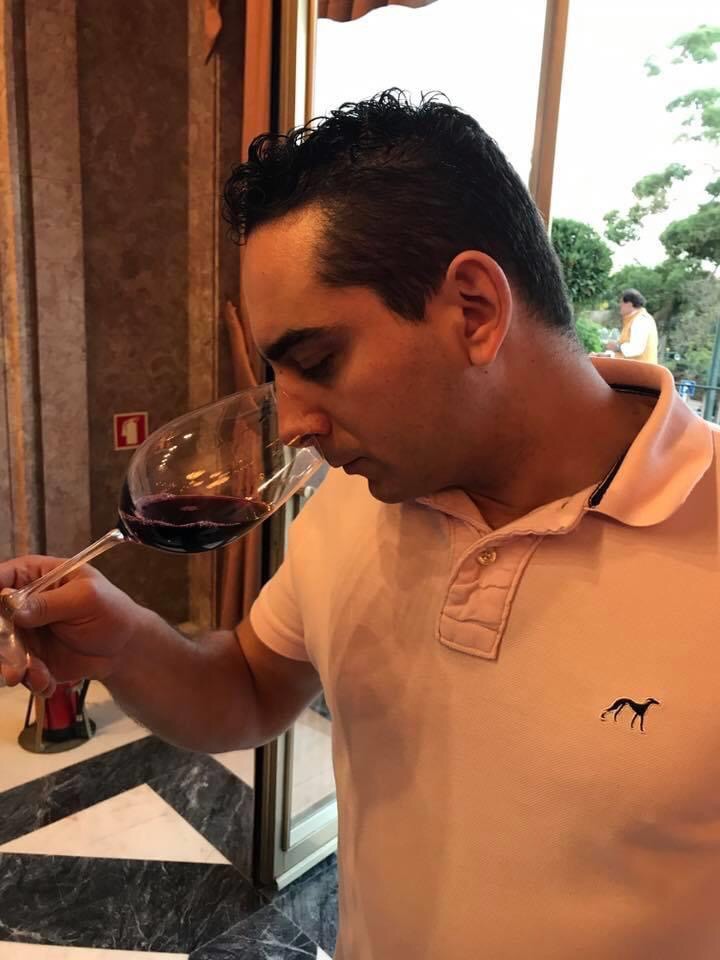"Old Vines: The Legacy Lost Between Labels"
- Miguel Viana
- Nov 7, 2024
- 2 min read
Old Vines
Ah, the Old Vines, or simply OV, as the connoisseurs would say... I particularly enjoy discussing this topic with producers and winegrowers who cultivate them. However, the conversation with the general public tends to be more peculiar; many have come across the designation on labels, but only that – a fleeting sight, devoid of understanding. Curious how that name alone has become a sales magnet. Marketing, with its keen sense, realized the appeal and turned Old Vines into a trophy stamped on labels.

But what became of the true essence? While European funds encouraged the replacement of centenary vineyards with new plantations, we uprooted the heritage that our ancestors, the vignerons of old, nurtured with such zeal. Those vignerons – yes, because they were true vignerons – planted, cared for, and bottled their legacy. In a country with over 360 native grape varieties, we dismantled the wealth of vineyards holding over fifty varieties in favor of monocultures producing simplified batches of wine and, of course, monovarietal wines of “explosive” grape types.
The irony? While our great-grandparents did not have climate-controlled cellars and needed wines that could be consumed soon after harvest, today we create wines that require time, technology, and oenological interventions to become drinkable. Back then, producers chose the wine’s profile in the vineyard; today, the practice has flipped: first, we plant, and then – like a guessing game – we see what can be made.
The producers of old, with their ingenuity, planted vineyards with a harmonious mix of 40% or more white varieties and the remainder red varieties. From that natural alchemy came complex, generous wines, ready to drink, that bore the signature of the land and time. Today, by contrast, even the best winemakers struggle to interpret modern vineyards barely rooted in their terroir.
And now? After so many mistakes, the market once again turns to Old Vines. The flashy labels prevail, while the historical heritage lies forgotten in the dust. Many wines today flaunting the OV insignia are merely from older vineyards but lack the profile of the true legacy. Some, in fact, are not even part of the traditional grape varieties recognized by the Denominations of Origin but are planted because the market demanded them.

And what of the true Old Vines? Nearly forgotten, small parcels of ancient vineyards with world-class potential still endure. But only now, as the market is flooded with inconsistent labels shouting “OLD” without merit, do we begin to think about legislation. Still, we continue to create quality tiers like reserve and grand reserve while ignoring the true origin of the grapes.
I, who take the trouble to get to know the projects inside out, tasting, analyzing batches, and observing the winemaking, know that among the many OVs, only a few are worthy of the name. After all, today, blends are made in the winery; back then, the blends came already made from the vineyard. How about that?




Comments